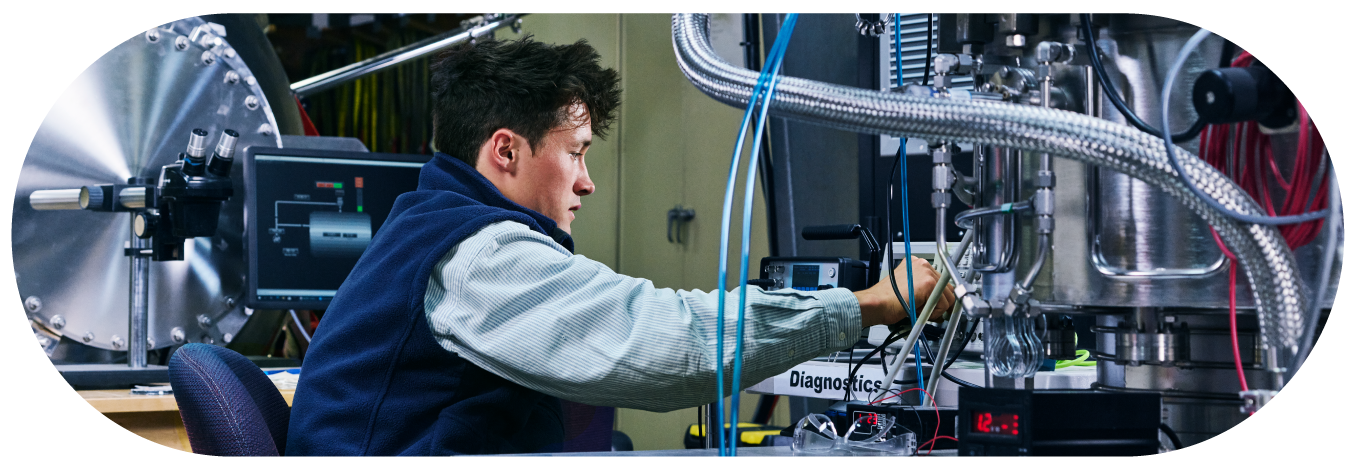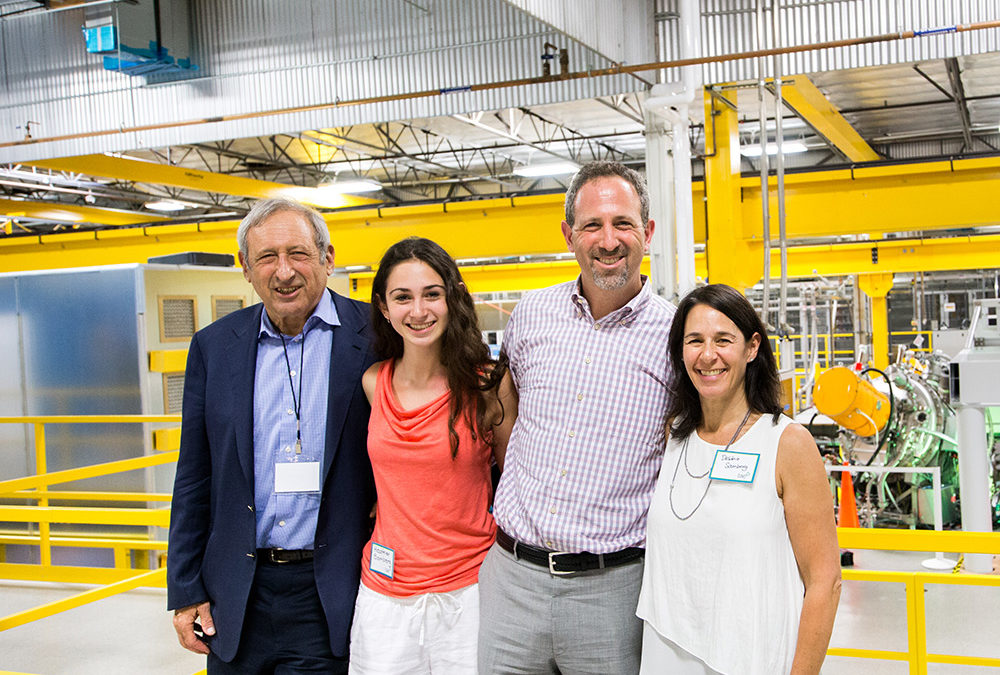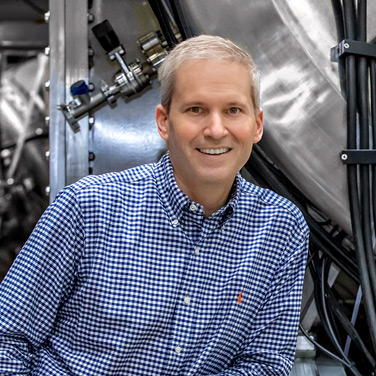News
What the press is saying.

No Results Found
The page you requested could not be found. Try refining your search, or use the navigation above to locate the post.
No Results Found
The page you requested could not be found. Try refining your search, or use the navigation above to locate the post.

The POWER Interview: ‘Dispatchable Power Through Commercial Fusion’
The goal of economic power generation from fusion has been elusive, but that hasn’t deterred researchers from exploring ways to develop the technology in a way that would support commercial electricity production.
POWER magazine has covered the evolution of fusion research and development for many years, and nuclear experts now think we could be just years—not decades—away from commercial applications.

Academies urge public–private effort to build a pilot fusion-power plant
Michl Binderbauer, CEO of the privately funded alternative fusion developer TAE Technologies, applauds the report’s emphasis on public–private partnerships. “You are combining the strength of a DOE lab or university program with the end-product focus of the private sector,” he says, rather than the “more meandering” academic process. “A tighter adherence to schedules will help to drive efficiency in the process.”

Investments in privately funded fusion ventures grow
Investments in private fusion ventures from billionaires, venture capital firms, philanthropists, and even oil and gas majors have grown in the past year. Measured by the amount of capital raised, TAE Technologies in Orange County, California, leads the pack at $750 million. That’s up by $150 million from early 2019, when named investors included the late former hedge fund manager Arthur Samberg, Charles Schwab, former Morgan Stanley CEO John Mack, venture capital firms New Enterprise Associates and Venrock, the UK’s Wellcome Trust, several sovereign funds, and Alphabet. CEO Michl Binderbauer says that list remains largely unchanged.

In loving memory of Arthur J. Samberg, former Chairman of the Board of TAE Technologies (1941 – 2020)
The Samberg Family Office has been a lead investor in TAE Technologies since our launch in 1998, and Art played an instrumental role in our company’s trajectory ever since. As an early champion, to member of the Board of Directors, and ultimately Chairman, Art has been there for us every step of the way in his longterm commitment to TAE. It is thanks to his unwavering support, audacious vision, and generous spirit that we are now on the cusp of the transformational clean energy solution he was so determined to help bring to the world. On behalf of the entire TAE team, we thank Art for his longtime support; and we wish peace and comfort to Art’s wife Becky and the entire Samberg family. May his memory be a blessing and an inspiration to us all. [L-R: Art Samberg, Heather Samberg, Jeff Samberg, Debbie Samberg]

The Road Less Traveled to Fusion Energy
The modern quest for Promethean fire is underway in an anonymous office park in Foothill Ranch, California, an hour southeast of Los Angeles. In the park, along a meandering drive, you will find a huge, modern warehouse building with “TAE Technologies” emblazoned on the door. Inside, you will find a 100-foot-long, $200 million fusion-energy experiment named Norman. And in a second-floor office, upstairs from that looming machine, you will find the would-be Prometheus himself: Michl Binderbauer, TAE’s boyish-looking and relentlessly upbeat co-founder and CEO.
No Results Found
The page you requested could not be found. Try refining your search, or use the navigation above to locate the post.